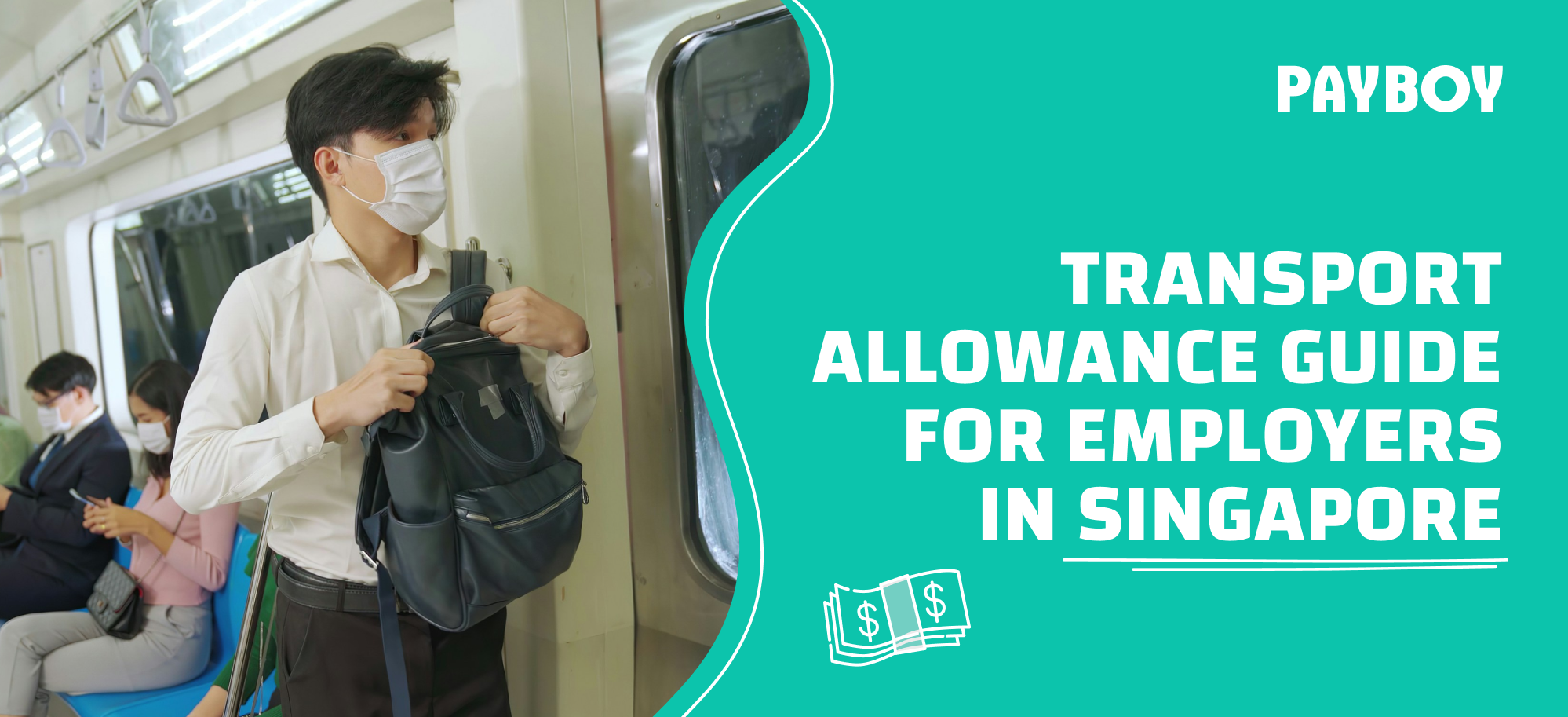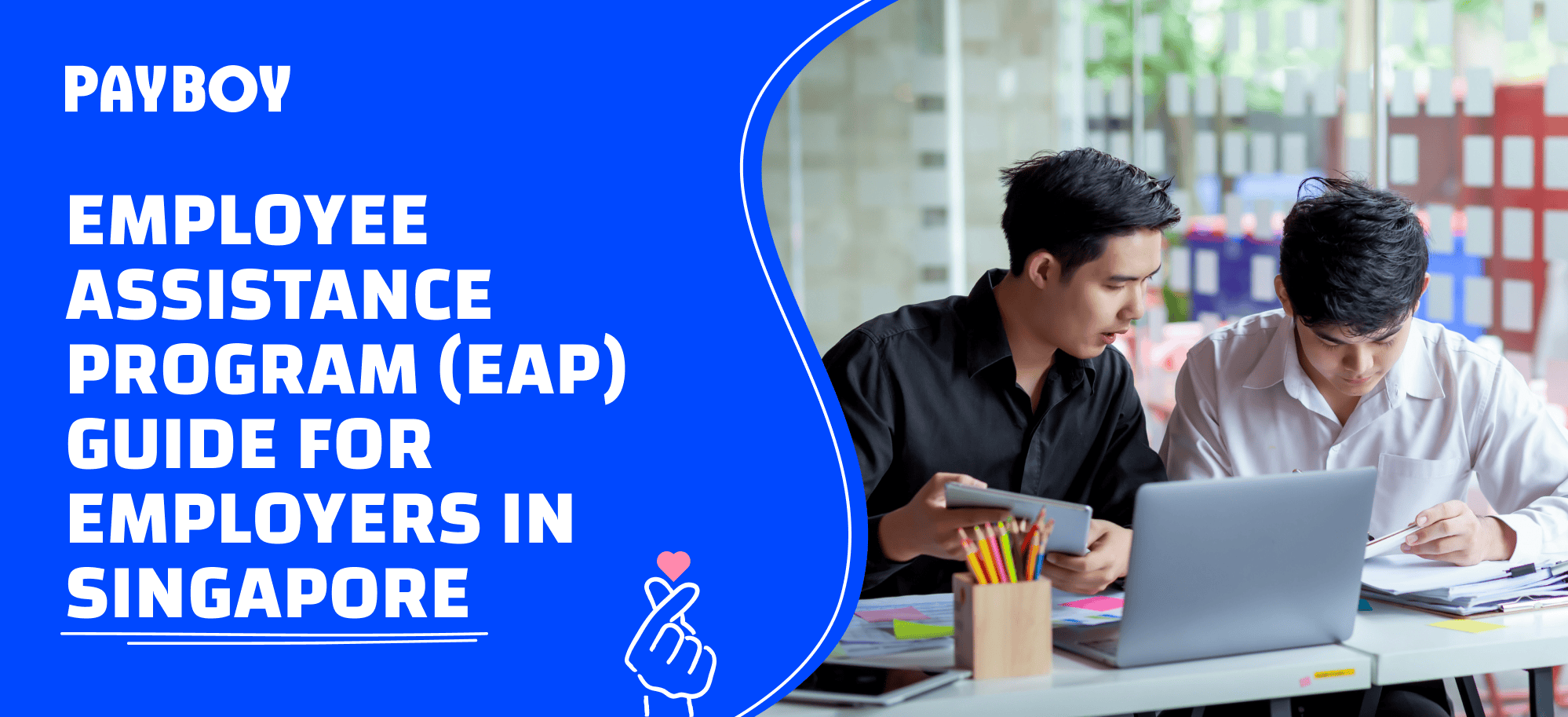Providing transport allowances is a common practice among employers in Singapore, aiming to ease employees' commuting costs and ensure a more efficient workforce. This comprehensive guide will delve into the intricacies of transport allowances, covering essential aspects such as qualifications, integration into salaries, determination of rates, and tax implications. Read on to find out how you as an employer can better manage your transport allowance policies to align with Singapore's employment laws and best practices!
What is a transport allowance?
A transport allowance is a financial benefit provided by employers to cover or offset the commuting costs incurred by employees while travelling to and from the workplace. This allowance can either be a fixed amount paid monthly or a variable sum reimbursed based on actual travel expenses. The main objective is to support employees in managing their daily travel costs, thereby enhancing job satisfaction and retention.
Who qualifies for the travel allowance?
Eligibility for transport allowances typically depends on the employer's policies and the nature of the employee's role. Generally, the following groups are more likely to qualify for transport allowances:
- Employees whose job requires frequent travel between different work sites or client locations.
- Staff members working in roles where public transportation is not readily accessible.
- Employees who incur significant commuting costs due to their place of residence being far from the workplace
Is the transportation allowance part of the employee’s salary?
Transport allowances can be structured in various ways. When provided as a fixed monthly allowance, it must be included in the employee's itemised payslip, distinctly listed from the base salary.
This transparency ensures that employees are aware of the components of their total remuneration package. According to the Ministry of Manpower (MOM), the inclusion of such allowances in the itemised payslip helps maintain clarity and accountability in salary payments.
Tip: For more insights, explore our “Itemised payslip guide for employers in Singapore” to stay compliant with itemised payslips as part of the hiring process.
Are travel allowances considered productivity incentive payments and can be excluded from the gross rate of pay?
According to MOM guidelines, allowances such as transport allowances that are provided to cover expenses incurred by employees in the course of their duties are not considered productivity incentive payments. Productivity incentive payments are typically tied to the employee's performance or output. Therefore, transport allowances should not be excluded from the gross rate of pay, as they do not fall under the category of performance-based incentives.
How to determine the employee transport allowance rates?
Setting appropriate transport allowance rates requires careful consideration of several key factors. These factors help ensure that the allowance is fair, competitive, and aligned with both employee needs and organisational capacity. Here’s an in-depth look at each factor:
- Distance travelled
- Calculate the typical commuting distance for employees. This can be done by surveying employees or using mapping tools to estimate travel distances from various residential areas to the workplace.
- Mode of transport
- Different rates may apply depending on whether employees use public transportation, personal vehicles, or company-provided transport.
Rates for public transport users can be based on typical monthly expenses for buses, trains, and other public transit options. Employers can refer to average costs provided by the Land Transport Authority (LTA) or local public transport operators.
For employees using personal vehicles, allowances should consider fuel costs, parking fees, tolls, and maintenance. Employers may use standard mileage rates as a reference.
- Company-provided transport
If the company offers shuttle services or corporate cars, the allowance might cover only specific costs like fuel or occasional parking fees.
- Market standards
- Participating in industry salary and benefits surveys can provide valuable insights into average transport allowance rates within the same sector.
- Company budget
- Review the company’s budget to determine how much can be allocated to transport allowances without compromising other critical areas. Companies may also consider offering flexible transportation benefits, such as a choice between a fixed allowance and reimbursement options, to cater to diverse employee needs.
What’s the difference between per diem allowance and travel allowance?
While both serve to cover travel expenses, there's a distinct difference between per diem allowances and travel allowances:
- Travel allowances require employees to submit receipts for their actual expenses, allowing them to claim back the exact amount spent.
- Per diem allowances offer a fixed daily amount, irrespective of the actual expenses incurred, providing simplicity and predictability.
If you prefer a straightforward approach and trust your team to handle expenses responsibly, per diem could be your choice. However, if you require precise cost control and are comfortable managing administrative duties, travel allowance reimbursement might be more suitable for you.
Tip: If you prefer the reimbursement approach, head over to our guide on "Per diem allowance guide in Singapore"!
Is the transport allowance taxable in Singapore?
Understanding the tax implications of transport allowances is crucial for both employers and employees:
- Fixed monthly allowance: This is considered taxable income. Employers must report this allowance as part of the employee's salary, and it is subject to income tax. According to the Inland Revenue Authority of Singapore (IRAS), any fixed monthly transport allowance provided is taxable.
- Reimbursement of special expenses: If transport allowances are reimbursed based on actual expenses incurred by employees for specific work-related travel, they are generally not taxable. This includes reimbursements for business trips or other necessary travel directly related to the employee's job functions.
For further understanding, learn more on IRAS’ official website about employee’s transport tax treatments.
Is the transport allowance subject to CPF?
Allowances, i.e. monetary payments that increase your employee's wages, are also wages. Hence, they will attract CPF contributions. Some examples include meal and transport allowance, etc. Please refer to the official CPF Board website about the types of payments that attract CPF contributions for more information.
However, the treatment of transport allowances for CPF purposes also depends on the nature and structure of the allowance:
- Fixed monthly transport allowance:
- If the transport allowance is provided as a fixed monthly sum, it is considered part of the employee's wages. Hence, it is subject to CPF contributions. Both the employer and the employee must contribute CPF to the total amount of the fixed monthly transport allowance.
- Reimbursement of actual travel expenses:
- If the transport allowance is reimbursed based on actual travel expenses incurred by the employee (i.e., the employee submits claims with receipts for specific work-related travel), these reimbursements are generally not considered part of the employee's wages. Therefore, such reimbursements are not subject to CPF contributions.
Discover further details about CPF contributions in our “CPF guide for employers in Singapore”!
Manage your employees’ transport allowance seamlessly with Payboy HR and Payroll Software!
Streamline payroll processing including pay items such as transport allowance with Payboy HR and Payroll Software! Our fully compliant, customisable, and integrated Payroll Processing module simplifies payroll calculations, including ad-hoc pay items like transport allowance allowances. With additional time-saving features, you can effortlessly manage your payroll process and ensure accuracy every time.
- 100% compliance and 100% peace of mind
- Forget about payroll and SDL calculations, CPF contributions, and IR8A submissions. Our software will automatically calculate them for you and keep you compliant with the latest regulations from MOM, CPF, and IRAS.
- Covers any work arrangement
- Transparent, Accurate, and Simple
- Have full visibility on how payroll is calculated automatically based on shifts, attendance, leave, and submitted claims within an intuitive experience.
- Customisable itemised payslips
- Fully integrated with your preferred platforms
- We’ll fit into your ecosystem seamlessly and keep your finance team happy. Learn more about our seamless integrations with Xero, Financio, and Quickbooks.
Streamline your HR processes with Payboy today!
As a PSG-approved HRMS, Payboy provides a robust system to help you manage your HR tasks so that you can focus on your business and people!
With our wide range of modules, you can customise a solution to meet the specific needs of your business:
Payroll Processing | Leave Management | Claims Management | Applicant Tracking
Time Attendance | Shift Scheduling | Appraisal System | Inventory ManagementProject Costing | Training Management





















